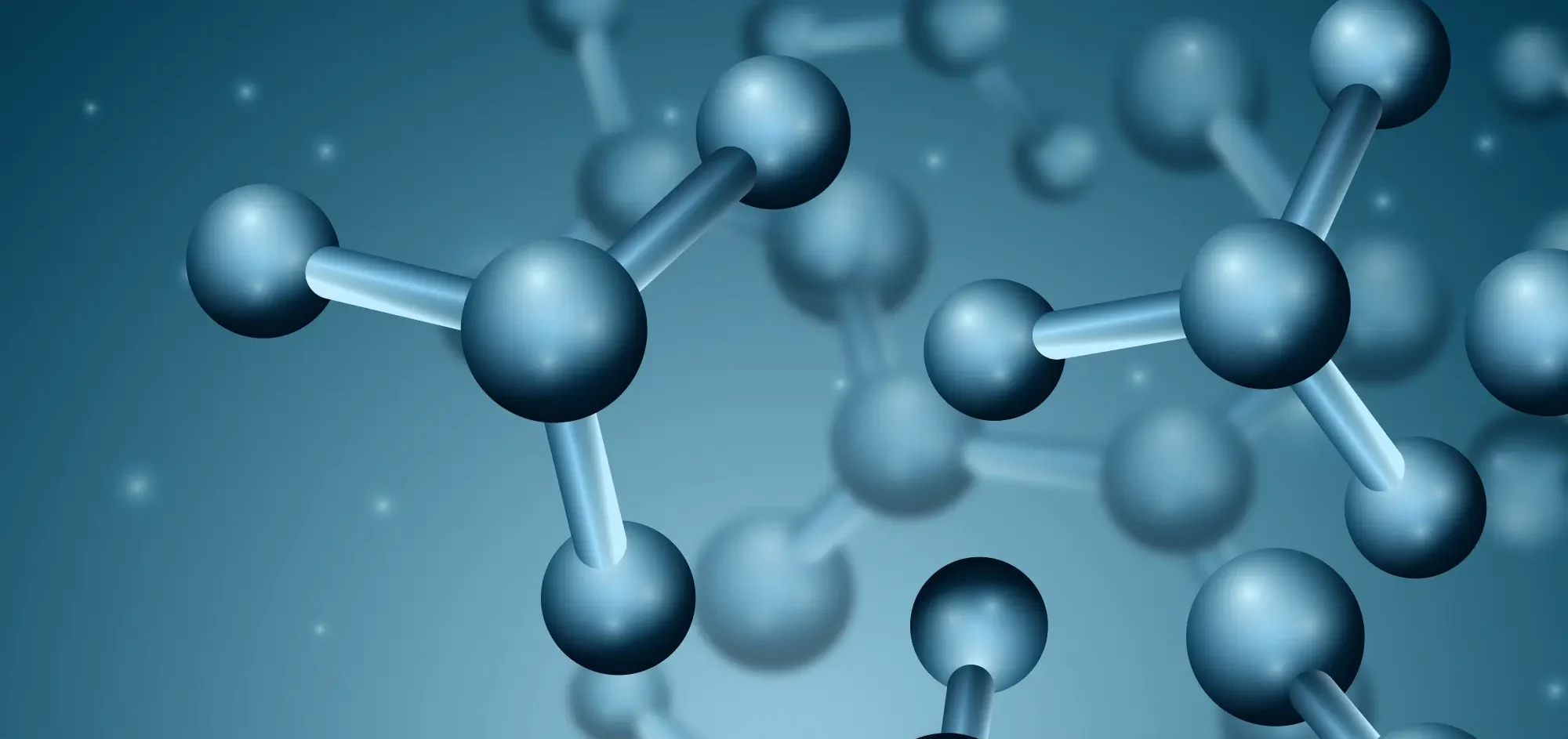The structure of benzene has been the subject of extensive research and analysis, with significant evidence contributing to the derivation of its structure, since its discovery in 1825 by Michael Faraday.
Various analytical, synthetic, and other experimental evidence have contributed to the derivation of its structure.
-
Analytical Evidence in the Derivation of the Structure of Benzene:
-
Molecular Formula:
- Determined as C6H6 through combustion analysis, indicating high unsaturation.
-
X-ray Crystallography:
- Showed benzene is planar with equidistant carbon atoms, suggesting a hexagonal ring structure.
-
-
Synthetic Evidence in the Derivation of the Structure of Benzene:
-
Aromatic Character:
- Benzene derivatives displayed aromatic properties, indicating the essential benzene ring structure.
-
Electrophilic Aromatic Substitution:
- Benzene undergoes substitution rather than addition reactions, indicating delocalized π-electrons.
-
-
Other Evidence in the Derivation:
-
Kekulé’s Proposal:
- In 1865, proposed a hexagonal structure with alternating single and double bonds, but it couldn’t explain benzene’s stability.
-
Resonance:
- In 1931, Linus Pauling suggested benzene is a resonance hybrid with delocalized π-electrons, explaining its unique stability.
-
Heats of Hydrogenation:
- Found to be less than expected for three isolated double bonds, supporting delocalized π-electrons and enhanced stability.
-
Click Here to Watch the Best Pharma Videos

